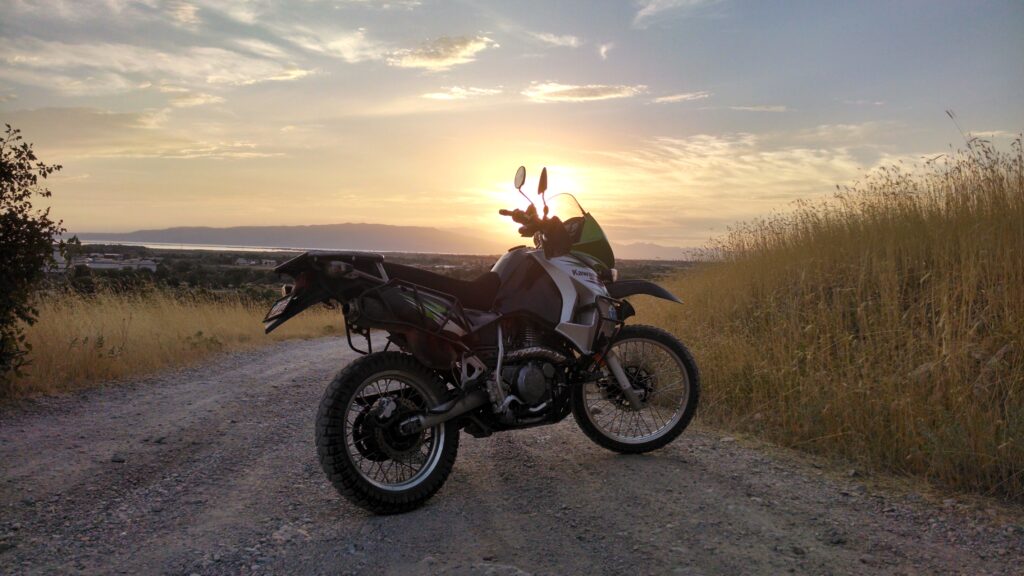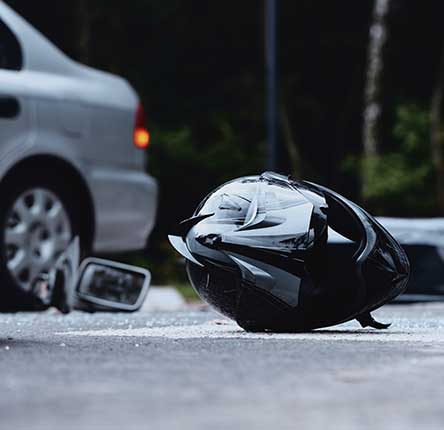If you’re a thrill-seeker with a penchant for two-wheeled adventures, then adventure motorcycle riding is your ultimate playground. Venturing off the beaten path, exploring remote areas, and embracing the raw beauty of the great outdoors from the saddle of your trusty steed can be an exhilarating experience. However, with great freedom comes great responsibility. Adventure riding presents unique challenges and demands a distinct set of skills. In this blog, we’ll explore some essential tips to help you master the art of adventure motorcycle riding.
1. Choose the Right Bike
The foundation of a successful adventure ride starts with selecting the right motorcycle. Adventure bikes are designed for versatility, offering a balance between on-road and off-road capabilities. Consider factors like engine size, suspension, and carrying capacity when choosing your adventure companion.
2. Invest in Proper Training
Before you tackle rugged terrain, invest in your skillset. Off-road riding courses can equip you with the techniques needed to handle gravel, mud, and challenging obstacles confidently. These skills could make the difference between a thrilling adventure and an arduous struggle.
3. Gear Up for Safety
Safety should always be a top priority. Outfit yourself in appropriate adventure riding gear, including a full-face helmet, gloves, body armor, a sturdy jacket, riding pants, and durable off-road boots. Don’t forget to wear high-visibility gear when necessary.
4. Maintain Your Motorcycle
Your motorcycle is your lifeline on the trail. Regular maintenance checks, including tire pressure, brakes, lights, and fluids, ensure your bike’s reliability. It’s essential to have a well-maintained machine, as breakdowns in remote areas can be particularly challenging to address.
5. Pack Light and Smart
Resist the temptation to pack your bike with unnecessary gear. Overloading can compromise your bike’s handling and stability. Opt for lightweight, waterproof bags to store your essentials and camping gear. Prioritize items you’ll genuinely need for the journey.
6. Plan Your Route
Careful route planning is crucial for adventure riding. Study maps, consider terrain, and prepare for potential challenges. Have both digital and paper maps on hand, and consider investing in a reliable GPS device.
7. Tire Management
Adjust your tire pressure based on the terrain you’ll encounter. Lower pressures provide better traction on soft surfaces, while higher pressures are better for paved roads. Carry the necessary tools to change tires and repair flats.
8. Equip an Emergency Kit
Prepare for the unexpected by carrying an emergency kit. This should include essential tools, tire repair supplies, a first aid kit, and a basic motorcycle repair manual. For added safety, consider a satellite communication device or locator beacon.
9. Develop Off-Road Riding Techniques
Master the art of off-road riding techniques, such as standing on the pegs, using body weight to control the bike, and maintaining a relaxed grip on the handlebars. Smooth throttle and brake control are vital on loose terrain.
10. Terrain Awareness
Stay vigilant on the trail by closely monitoring the terrain. Anticipate changes in surface conditions like mud, sand, rocks, water crossings, and other obstacles. Adapt your riding style accordingly.
11. Ride Within Your Skill Level
Adventure riding can push your limits, but don’t exceed your skill level. Gradually increase the difficulty of your rides as you gain experience and confidence. Safety should always come first.
12. Buddy System
Whenever possible, ride with a buddy or a group. Riding with others provides valuable support in case of emergencies and enhances the overall experience.
13. Respect the Environment
Follow responsible riding practices by sticking to designated trails, respecting the environment, and packing out all trash and waste. Leave no trace of your presence.
14. Stay Informed About the Weather
Stay informed about weather conditions, especially in regions known for sudden changes. Rain and cold weather can significantly impact your ride, so be prepared.
15. Local Knowledge
Tap into the wisdom of local riders or guides who know the area well. They can provide invaluable insights about the terrain and any potential challenges.
16. Plan Your Accommodations
Plan your overnight stays in advance, whether it’s camping under the stars or booking accommodations along your route. Knowing where you’ll rest your head each night helps ensure a smoother journey.
17. Savor the Moment
Lastly, remember that adventure riding is about more than conquering trails. Take time to soak in the natural beauty around you, snap photos, and create lasting memories.
Adventure motorcycle riding is a thrilling pursuit that rewards those who are well-prepared and mindful of safety. Whether you’re exploring the depths of a remote forest or conquering mountain passes, these tips will help you navigate the wild world of adventure riding while ensuring you return home safely with a treasure trove of unforgettable experiences. So, gear up, rev that engine, and embark on your next two-wheeled adventure. The open road (and trail) awaits!
If you have been injured or involved in a motorcycle accident during your adventure ride, contact us to have one of our network attorneys provide a FREE consultation.






